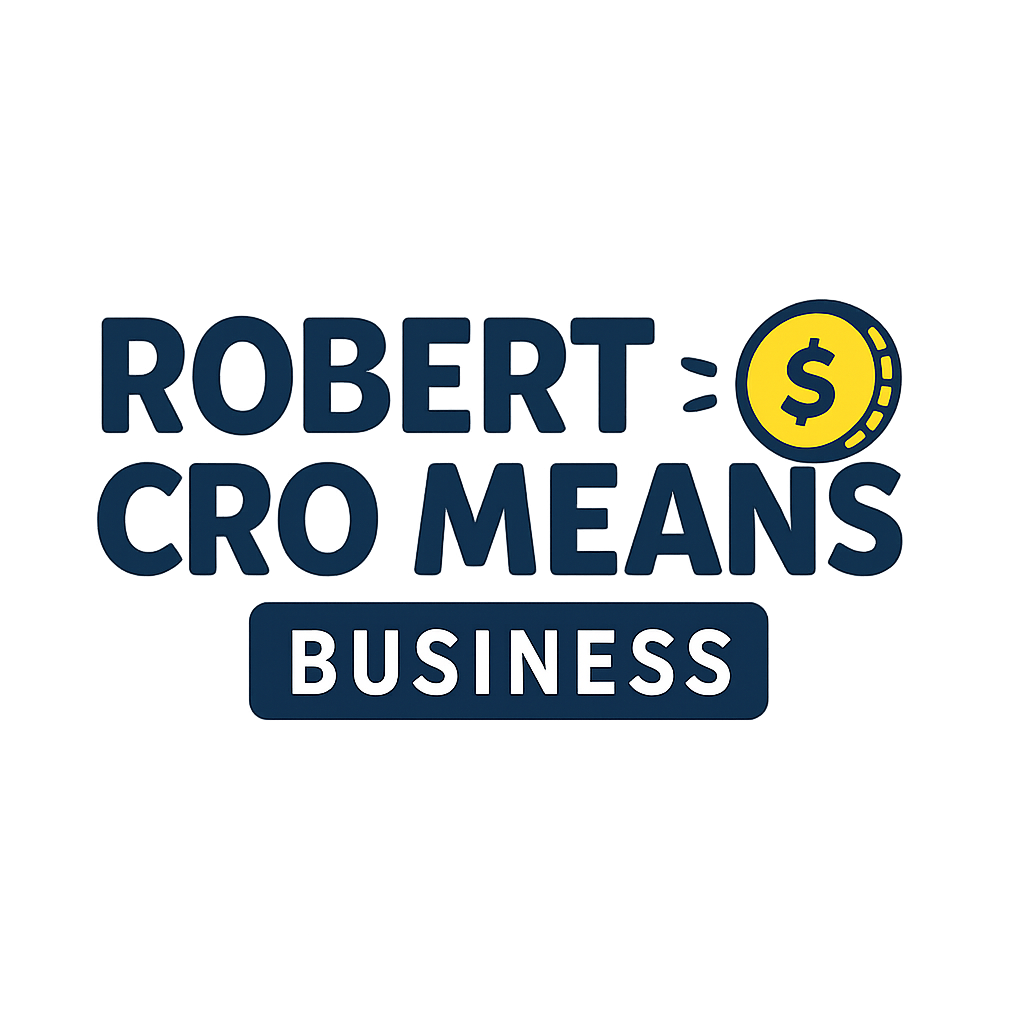I learned the hard way that “do everything at once” is not a strategy. A few years back, I had three big pushes running at the same time—new offer, fresh market, brand revamp. Then a key invoice got stuck, a supplier slipped a deadline, and I spent a long Thursday night trying to figure out how to make payroll and keep the lights on the projects that actually move the needle.
That week changed how I plan. I picked one primary bet, parked the nice-to-haves, built a 13-week cash view, and set a simple review rhythm so small problems couldn’t snowball. Eighteen months later, everything worked and the results were less fragile—because we were working on the few things that mattered, on purpose.
This post is the playbook I wish I’d had then: a practical 18-month growth plan that chooses one focus, turns it into controllable levers, checks capacity and cash, and runs in three six-month stages with simple metrics and honest reviews.
Begin with one primary growth focus. Maybe it’s entering a new market, refining your offer, or strengthening a distribution channel. Choose one or two supporting areas you’ll nurture alongside it. This isn’t about saying yes to everything; it’s about committing to the work that matters most right now.
Translate that focus into a few levers you can actually influence. For many businesses, that means steady improvements to pipeline quality, customer adoption, renewal health, and pricing discipline. Set directional targets you can track without turning them into a burden.
Check capacity before setting revenue expectations. Do you have the people, time, and tools to deliver the outcomes you want? If not, identify what would help—training, better resources, or a clearer handoff between teams—and schedule those changes. When capacity grows intentionally, results feel less fragile.
Break the 18 months into three stages of roughly six months each. For every stage, write down a small set of outcomes you hope to see and the handful of inputs that support them. Give each item an owner and put it in your calendar. At the end of each stage, pause to ask: what worked, what didn’t, and what should we change? This rhythm creates steady progress without the pressure to be perfect.
Keep cash in view. A simple 13-week cash forecast, updated regularly, helps you plan hiring, inventory, and marketing with fewer surprises. Decide in advance what would cause you to slow spending or accelerate it, so choices feel thoughtful rather than reactive.
Spend an hour on a gentle “pre-mortem.” List the most likely ways the plan could wobble—key-person risk, supplier issues, seasonality, customer concentration—and note one practical step that would reduce each risk. Assign names so the care is shared.
Build a short dashboard you’ll actually use. Weekly, look at the inputs you control. Monthly, review the outcomes. Quarterly, hold a conversation about what you’ve learned and how to adapt. Keep it simple enough that it invites honest discussion.
Aim to fit the whole plan on one page. Include your primary focus, supporting areas, the three stages with their outcomes and inputs, capacity notes, cash rules, key risks, and review cadence. If it doesn’t fit, pare it back until it’s clear and usable.
Finally, start small. Block two hours this week to sketch the page. Share it with your team, ask for their perspective, and make a few adjustments. The warmth of a good plan comes from people seeing themselves in it—knowing what matters, why it matters, and how they can help. When that happens, the next 18 months feel less like a guess and more like a shared path forward.


